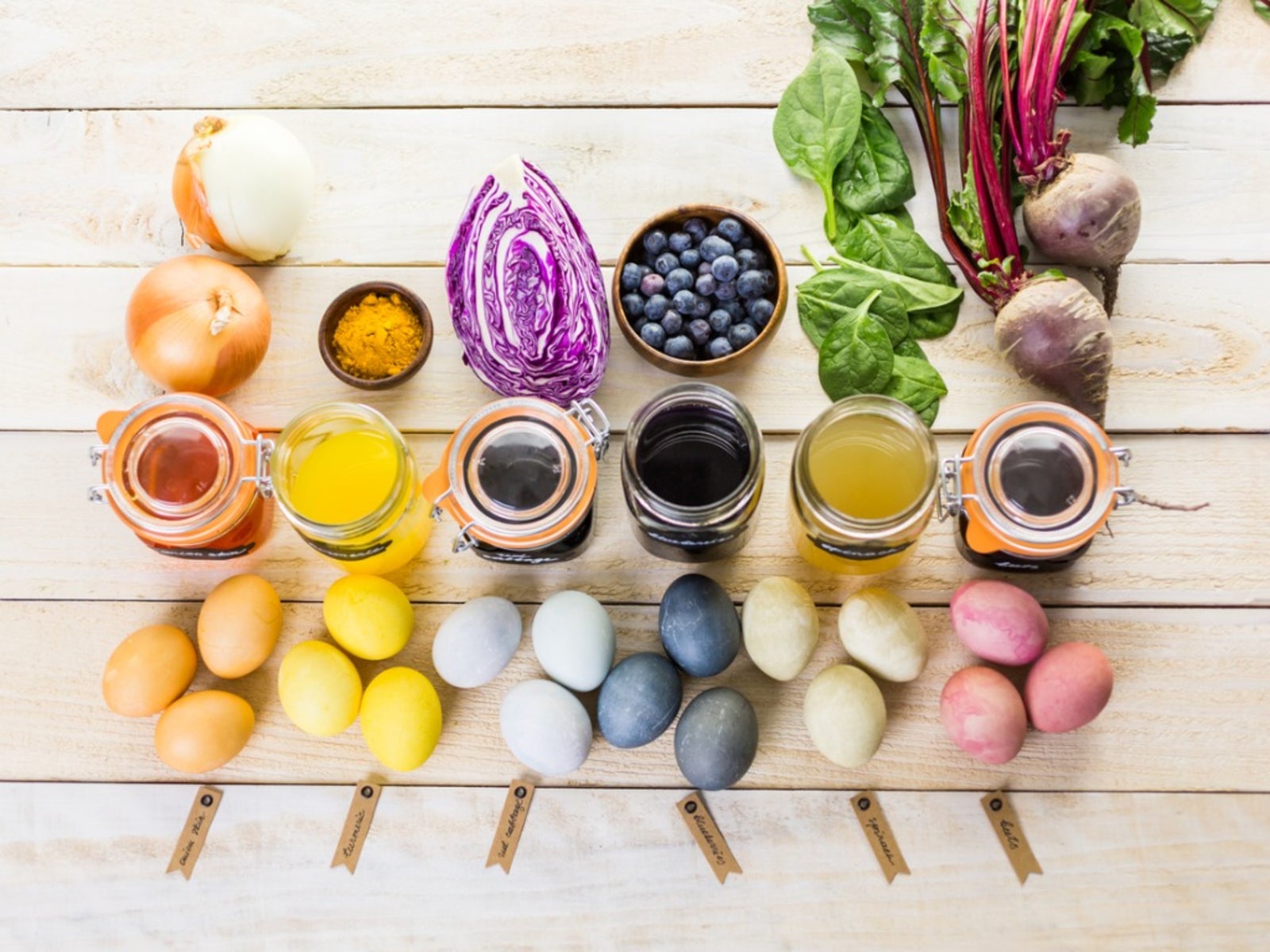The Big Difference: Chemical and Natural Dyes
Posted by Eleanor Turner
Colorful clothing has become an important part of our self-expression. There's something that hot pink or deep cerulean blue does to the psyche. Nowadays these colors are created using synthetic dyes derived from petroleum or crude oil. The biggest difference between these chemical dyes and natural dyes is that natural dyes do not contain harmful chemicals to our health and are better for the environment. Let's break it down.
Chemical Dyes
Discovered in the mid-19th century by English chemist William Henry Perkin, the first man-made color transformed textile industries. These synthetic colors allowed manufacturers and dye houses to produce large quantities, and offer super bright and stand-out colors. Most chemical dyes are derived from crude oil, more specifically from chemicals derived from non-renewable petroleum products. Synthetic dyes are created with different chemicals from chlorine bleach to known carcinogens like arylamines. If they aren’t treated or filtered properly, they can pollute ground water. The main damages caused by chemical dyes are to the environment and as they are released into rivers and streams, building up and destroying ecosystems. Remember that time the stray dogs in India turned blue?
Chemical dyes do have some advantages like adhering to fabrics easily, not fading, and offering a wide variety of color options. However, some dyes like azo are linked to cancer when the dye breaks down during use and releases chemicals. Many textile dyes can cause allergies and these chemicals can be absorbed through your skin.

Natural Dyes
Evidence of dyeing textiles dates back to the Stone Age period. In China, dyeing with plants, barks, and insects has been traced back more than 5,000 years! These dyes were foraged from natural sources that were found in the area. Most are of plant origin and extracted from wood, roots, bark, berries, leaves, nuts and flowers. They can also come from insects, shellfish, and mineral compounds. Natural dyes need to be "set" with fixatives that help its resistance to fading through wash and wear. Most natural dye houses use Mordants to fix colors.
Natural dyes are biodegradable, non-toxic, and non-allergenic. They are much better for the environment and for our skin. They don’t create toxic runoff and residuals like chemical dyes do from the textile manufacturing and dyeing process. Another interesting advantage of natural dyes is that they provide higher UV absorption in the fabrics they are used on. By wearing clothes dyed naturally, you are able to fully protect your skin from the sun’s harmful rays.
Our Natural Dyes

We work with a well-known natural dye artist here in the U.S. named Audrey Louise Reynolds. She uses all-natural ingredients, foraged and sourced from her farm, her daily life and travels, and unexpected encounters. Her colors are one-of-a-kind and most people are surprised they're natural! We've worked with her on all of our hand-dyed products, and just released our classic, best-selling Turtlenecks in two colors:
Lavender: hand-dyed with foraged roses, desert earth, Himalayan salt, and a blackberry wash using melted snow.
Plant-based Green: hand-dyed using turmeric and charcoal in a melted snow wash.
We’ve hand-dyed more than just turtlenecks, check out our Relaxed Crew, Bikini Briefs, Tanks, and Boxer Briefs. Take a look and let us know what you think @thebigfavorite.
